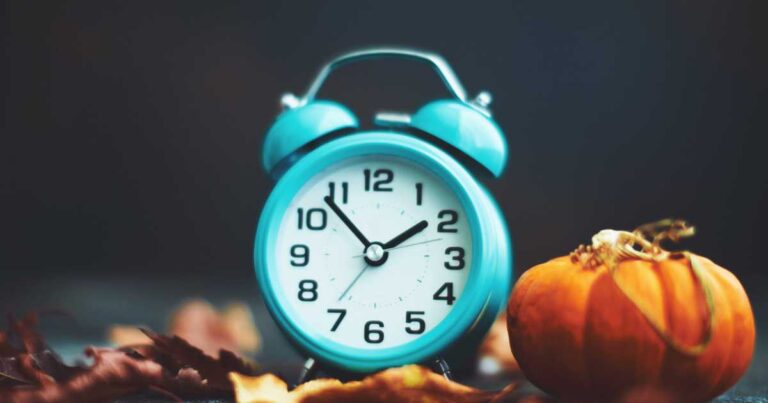As the clocks prepare to fall back an hour, granting us the gift of an extra hour of sleep, we must recognize that our society clock and our biological clock are not always in perfect sync. While the end of daylight saving time might seem like a dream come true for night owls (like me), it comes with its own set of potential dangers and risks that we should not ignore.
The shift back to standard time (and our planet's natural lean and path around the sun) increases darkness—especially when heading out in the morning and during the evening rush hour. Both drivers and pedestrians face decreased visibility, which can lead to hazardous conditions on the road. Pedestrians, in particular, are nearly three times more likely to be hit and killed by cars after the end of daylight saving time compared to just before the time change.
Research conducted at Carnegie Mellon University revealed that the risk per mile walked for pedestrians skyrockets by 186 percent from October to November. Moreover, auto accidents also increase during this period, according to the National Road Safety Foundation (NRSF). Commuting in the dark can make drivers drowsier than usual, and the earlier onset of darkness can disrupt our internal clocks, adding to the driving risks.




